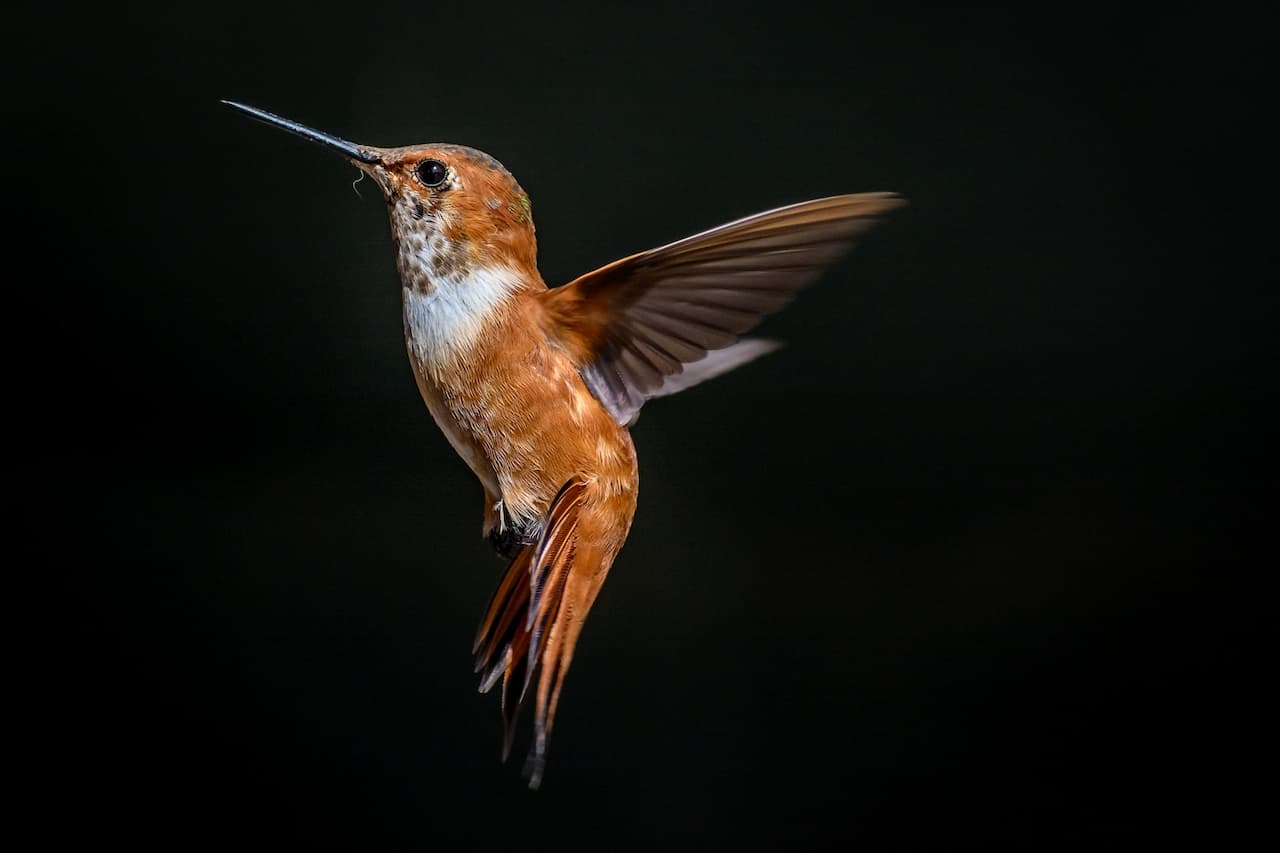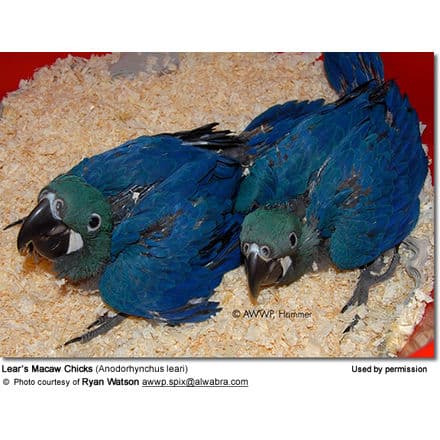Neumann’s Starlings
Neumann’s Starlings (Onychognathus neumanni) – also known as Neumann’s Red-winged Starling – are native to Africa, where they are mostly found in the Sahel from Mauretania and Equatorial Guinea to western Sudan.
These starlings are resident (non-migratory) within their range, with possible localized movements depending on the availability of food or water. Outside the breeding season, they form large flocks.
They were named for the German ornithologist Oscar Rudolph Neumann.
Description
Neumann’s Starlings measure about 25 cm in length. The male’s plumage is mostly glossy black except for the rufous-colored primary wing feathers (mostly visible in flight); and the female’s ashy-grey with darker streaking. The eyes are dark red, and the bill and legs are black.
The plumage of Juveniles is less glossy than the adults. Their eyes are brown rather than red.
Subspecies Differences:
- Onychognathus neumanni modicus:
- Western form – occurs from western Mali and the Ivory CoastID: Smaller and shorter-tailed than the nominate form
Calls / Vocalizations
Its song is described as too-whee-oo, and its alarm call as a harsh air, air.
Breeding / Nesting
The Red-winged Starlings breed on rocky cliffs, outcrops, and gorges. The nest is constructed out of grass and typically placed on a ledge in a sheltered site, such as a cave. They have also adapted well to human settlements and may nest in man-made structures.
Nesting birds are very territorial and aggressive and readily attack intruders, including predatory birds much larger than themselves (such as birds of prey).
Diet / Feeding
The Neumann’s Red-winged Starling feeds on various fruits, including figs, and some invertebrates.





